- Roomy, well-built cabin
- Good to drive on and off-road
- Frugal drivetrain
- Interior plastics feel cheap
- Expensive to purchase
- 2.0 Bi-turbo diesel engine is noisy
The 2021 Ford Everest, much like the Ford Ranger, is a true-blue, home grown Aussie hero. Engineered in Melbourne and built in Thailand, the 2021 Ford Everest is essentially a Ranger in SUV form. Being a ute-based 7-seat SUV mashup, with very capable Ranger underpinnings, means the Everest is brilliant off road and still manages to feel like a regular road going SUV around town. We’re no strangers to this segment, either. Make sure to check out our comparison of the Mitsubishi Pajero Sport taking on the Toyota Fortuner. But is the Everest better than both of those cars?
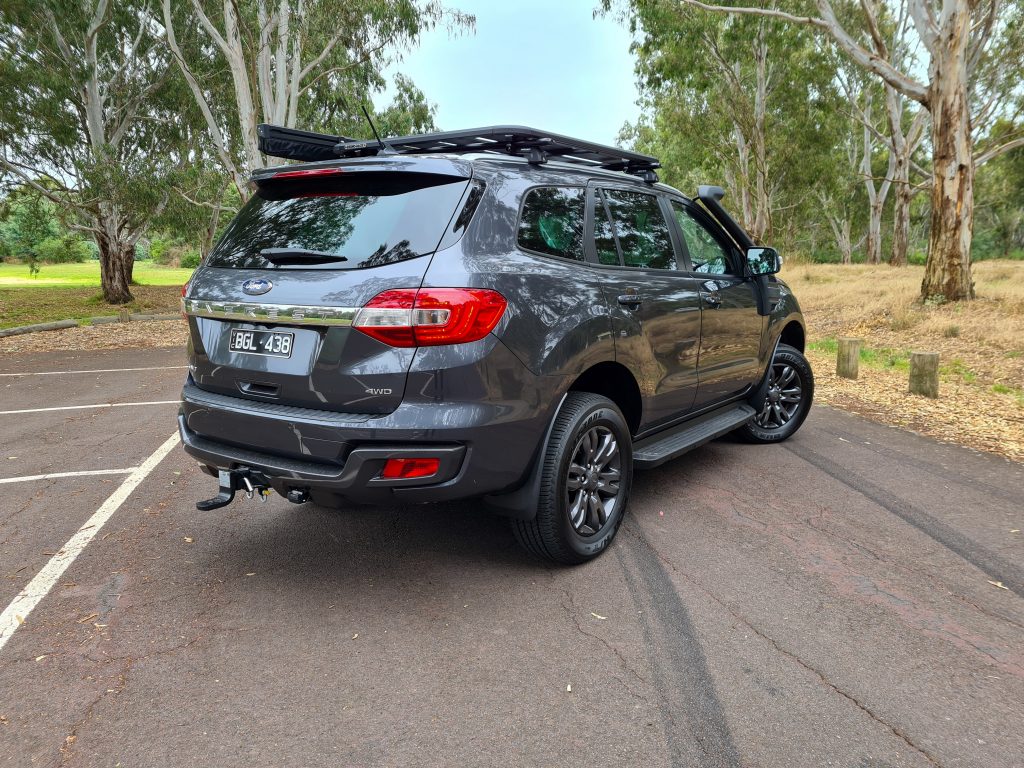
Tested here in limited edition BaseCamp spec, which is based on the mid-spec Ford Everest Trend, we put the Everest through its paces in suburban Melbourne, along with some light 4WD tracks out of the city. Is the Everest the perfect blend of SUV family goodness merged with go-anywhere ruggedness? Let’s find out.
Price & Equipment: 7.5/10
The volume selling Everest Trend 4×4 with the 2.0 Litre diesel engine costs $61,790 plus on-road costs. The Everest BaseCamp we tested here is $2,200 more than a Trend, coming in at $63,990 plus on-road costs. Ford says the Basecamp’s extra equipment is worth $6,000.
The Everest BaseCamp features the following equipment in addition to the Everest Trend: a 76mm black nudge bar, LED light bar, a snorkel, Rhino Rack roof-top storage and a Rhino Rack Sunseeker awning.
| 2021 Ford Everest Trend BaseCamp | |
|---|---|
| Price (RRP): | $63,990 (plus $600 paint) |
| Doors and Seats: | 5 doors, 7 seats |
| Power and Torque: | 157kW/500Nm |
| Transmission: | 10-speed automatic |
| Fuel Consumption | 7L/100km claimed, 9L/100 as tested |
| Warranty: | 5 year/unlimited kilometre |
| Service pricing (three years/75,000km): | $870 ($290 per service) |
| 0-100km/h sprint time: | 10.1 seconds (as tested) |
As other equipment mirrors that of the Everest Trend, other standard features include an 8.0-inch touchscreen running Ford’s ‘SYNC 3’ multimedia system with Apple CarPlay and Android Auto, a reversing camera, dual-zone climate control, leather-accented seat trim, LED headlights, auto lights and wipers, a leather steering wheel and gear shifter, keyless entry and bush button start, a power tailgate and 18-inch alloy wheels wrapped in road-going Bridgestone Dueler tyres.
The Everest Trend also has seven airbags, autonomous emergency braking (AEB) with pedestrian detection, lane keep assistant with lane departure warning, auto high beam, traffic sign recognition and a reversing camera. The Trend and above also feature adaptive cruise control with a speed limiter and front and rear parking sensors.
Off road tech includes a proper low-range gearbox setting, a locking rear differential and hill descent control. None of these features come standard on less rugged SUVs, such as Ford’s own Escape.
The 2021 Ford Everest BaseCamp comes in a variety of colours such as ‘Arctic White’ and ‘True Red’ which don’t cost extra, or in ‘Alabaster White’, ‘Aluminium’ (silver), ‘Deep Crystal Blue’, ‘Diffused Silver’, ‘Meteor Grey’, ‘Shadow Black’, and ‘Sunset’ (deep orange) which all incur an additional $600 charge.
The 2021 Ford Everest BaseCamp is one of the more expensive ute turned SUVs. Even the top-spec 2021 Mitsubishi Pajero Sport Exceed retails for $57,190 ($59,990 drive away). So is the Everest’s price justified?
Performance & Economy: 8/10
The Ford Everest Trend we tested had Ford’s updated 2.0-litre four-cylinder twin-turbo diesel engine, producing 157kW at 3750rpm and 500Nm at 1750-2000rpm. It’s paired with a 10-speed automatic transmission. The entire engine and gearbox combination is identical to that in the Ranger.
The 2.0-litre diesel engine with its twin turbo setup is perfectly adequate in the Everest. It overtakes easily and its large amount of torque means it speeds up effortlessly around town, working smoothly with the 10 speed transmission. The gearbox itself shifts imperceptibly, skipping two gears at a time when upshifting. The engine is most at home on the open road, cruising quietly even at 110km/h. Don’t expect to win any races however, as the Everest’s weighs close to 2.5 tonnes empty.
With its full-time 4WD system, the Ford Everest comes into its own off-road, venturing places where few SUVs would dare to go. With its low-range gearing and an electronic diff lock on the rear, the Everest has the hardware needed to go bush. Ford has given the Everest a dial-operated Terrain Management System which includes four driving modes (Normal, Grass/Gravel/Snow, Sand and Rock). These are similar to those we saw on the Ranger too, including the Ranger Raptor, and adjust the sensitivity of the throttle, brakes and steering when off-road.
The Everest 4WD with the 2.0 diesel engine has an unbraked towing maximum of 750kg, and a 3100kg braked towing capacity. Its payload is listed as 713kg and its GVM (gross vehicle mass) is 3100kg. Ford has also fitted trailer sway control to prevent fishtailing in tricky situations.
Ford claim the Everest will return an average fuel consumption of 7.0L/100km on the combined cycle but we recorded around 9.0L/100km, which is an excellent result. Expect to see that figure drop to the claim fuel consumption figure during highway stints. With its 80-litre fuel tank, expect the Everest’s range to be over 1,000kms on the open road.
Ride & Handling: 8/10
The 2021 Ford Everest is one chunky SUV and very substantial on the road. It will come as a surprise however to learn that the Everest actually handles well for its size, feeling like a much smaller car. It’s steering is precise and the responses it elicits are natural, much like a regular car. Through corners, the Everest handles better than it should and offers a solid and smooth feel, without some of the ute-like wallowing we’ve come to expect from this segment. The standard Bridgestone Dueler H/T 684II (265/60 R18 110T) tyres are very much biased towards travelling on road but grip well on dirt tracks, where the Everest’s chassis inspires confidence in picking up the pace.
The independent front and a five-link solid-axle rear end (Watt’s linkage), with coil springs all-round ensures the Everest rides well too, whilst noise is kept to a minimum. You’ll only hear some wind around the oversized rear-view mirrors and the sound of the diesel engine cluttering away.
The 2021 Ford Everest has 227mm of ground clearance and a maximum wading depth of 800mm. In our brief off-road stint, the Everest demonstrated how its 29.5 (approach), 25 (departure) and 21.5 (ramp breakover) angles were more than adequate for some light off-road action.
Interior & Practicality: 8/10
The Everest’s ruggedness and ute underpinnings really dominate inside, proving that their is a price to pay for wanting to venture off-road. This is not a plush SUV interior, nor is it one which is particularly nice to look at. The 2021 Ford Everest is well built inside, with nice fit and finish, though in 2021 it is starting to feel very aged. The heating and cooling controls look and feel as if they came from 2005…
The basics are good however, with comfortable seats up front, perfect for long journeys, a clear and crisp 8-inch touchscreen, and part-digital dials. Space in the front is good, even for taller adults allowing you to stretch out. Well thought out storage solutions abound and large bottles fit in the door bins easily.
The second row isn’t as spacious and feels a little cramped, just like the back in seats in some dual cab utes. Both knee-room and headroom feel a little tight, but at least there are roof mounted air vents, powerpoints and USB ports to keep the kids both cool and entertained.
The third row is cramped as is to be expected and is best reserved for extremely short journeys, or small children.
Boot space in the 2021 Ford Everest is a claimed 249-litres (VDA) with all seats up and in use; 876L with the third-row seats down; and 1,796L with the second row down.
Service & Warranty: 7.5/10
All Fords are covered by an industry standard five-year, unlimited kilometre warranty, with service intervals at every 15,000km/12 months. Ford says that the first four services will only be $299 each, meaning the Everest will only cost $897 to service over three years. Over a five-year period servicing comes in at $1561, which averages out to around $312 per service.
The cost of servicing the 2021 Toyota Fortuner over three years or 60,000km is $1,500 which is $603 more expensive than it would cost to service a Ford Ranger.
The 2021 Ford Everest DiscoverAuto Rating: 7.8/10
The 2021 Ford Everest Trend is a well engineered, home grown ute-based 4WD SUV which can go places few other road-going SUVs can. Granted, it’s Ranger origins shine through sometimes, but Ford have done an excellent job in producing a comfortable, nice to drive and well equipped off-road SUV. So how does it fare against other members of the class such as the Mitsubishi Pajero Sport, or Toyota Fortuner? We think it beats them on account of its superior breadth of talent.
In this segment of ute-based SUVs, the 2021 Ford Everest is a true gem, and remains the one of the only ones we would actually recommend purchasing. It’s been constantly updated by a team of engineers who really understand our market and its needs. This know-how really shows in the way the Everest has come together. The Isuzu M-UX promises to be a worthy adversary however. We’re poised to drive it soon, so stay tuned to DiscoverAuto to hear our thoughts of it. But for now, the 2021 Ford Everest remains a winner.
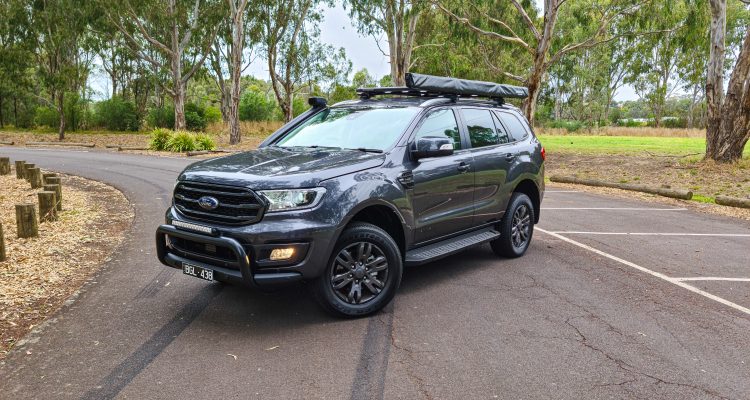
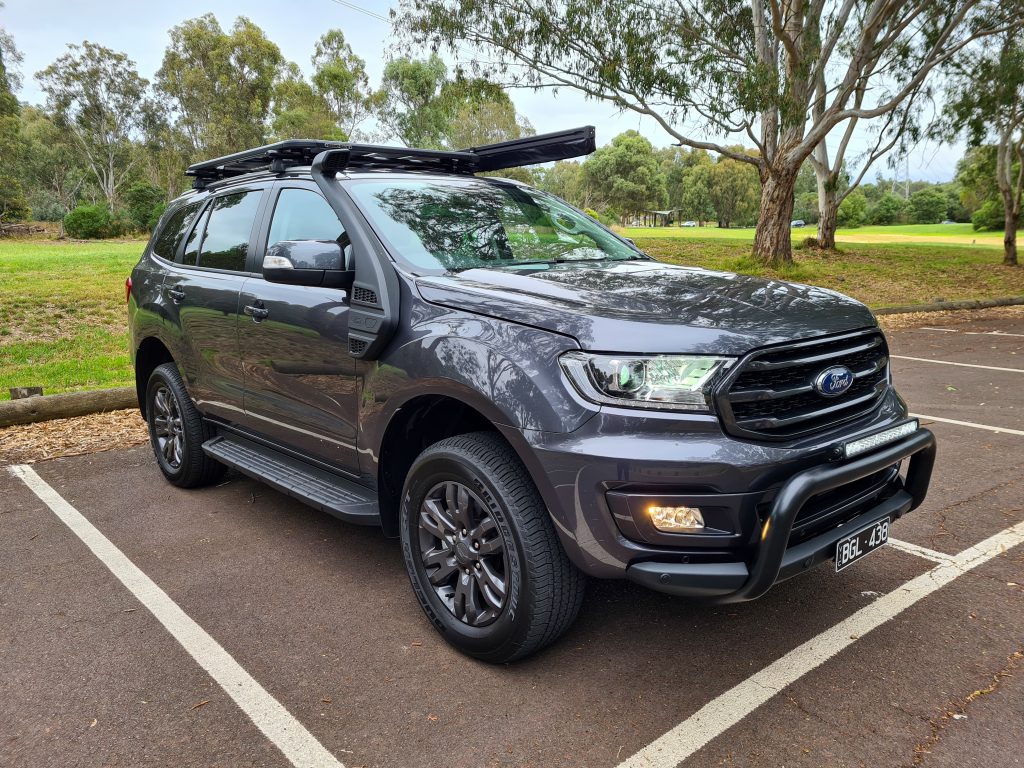
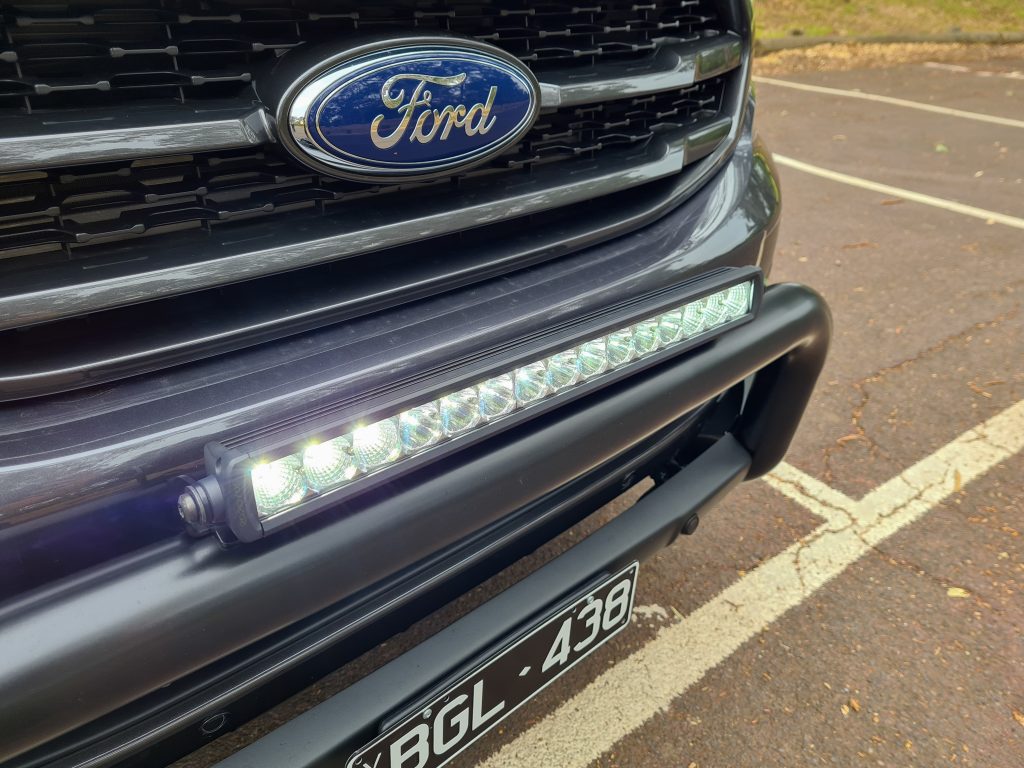
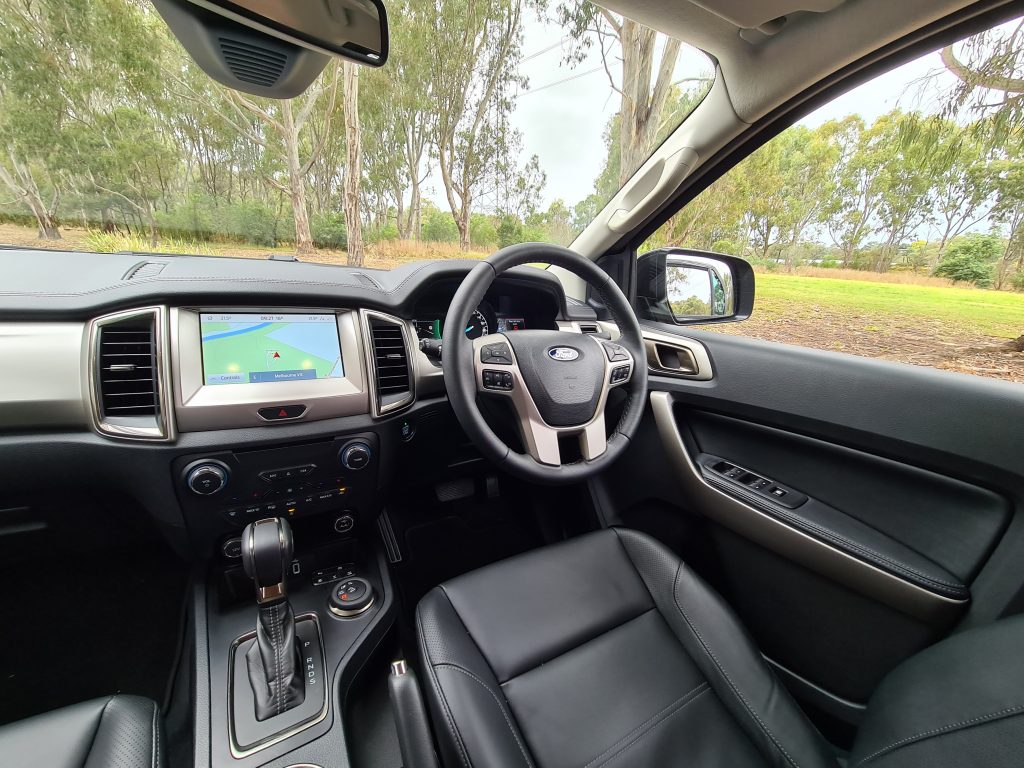
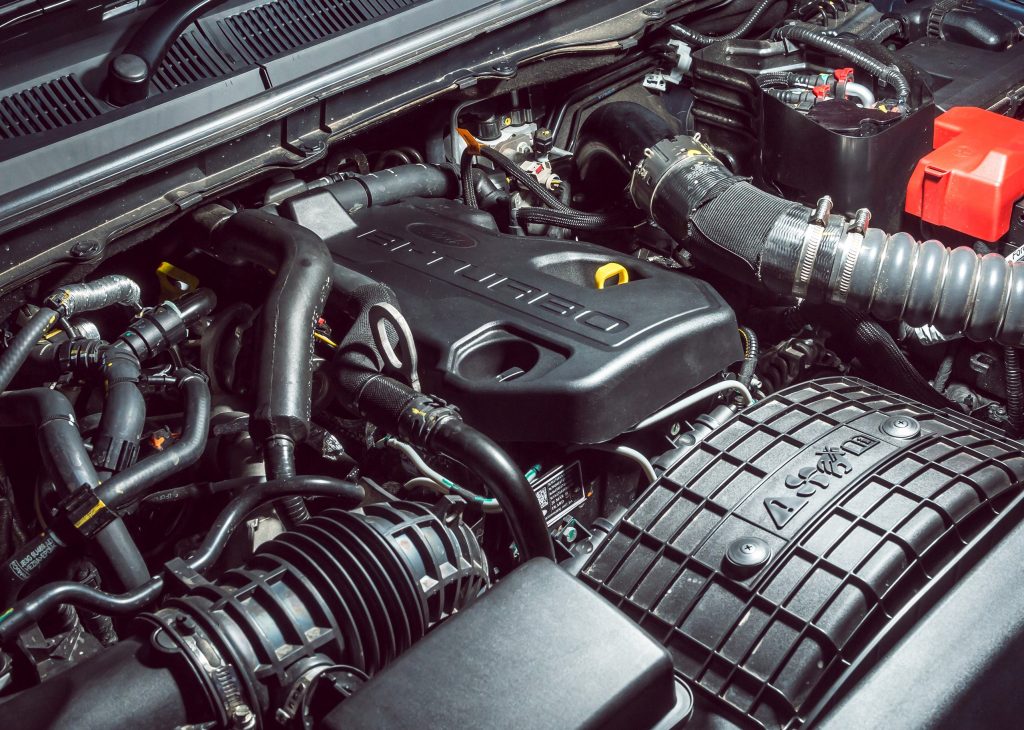
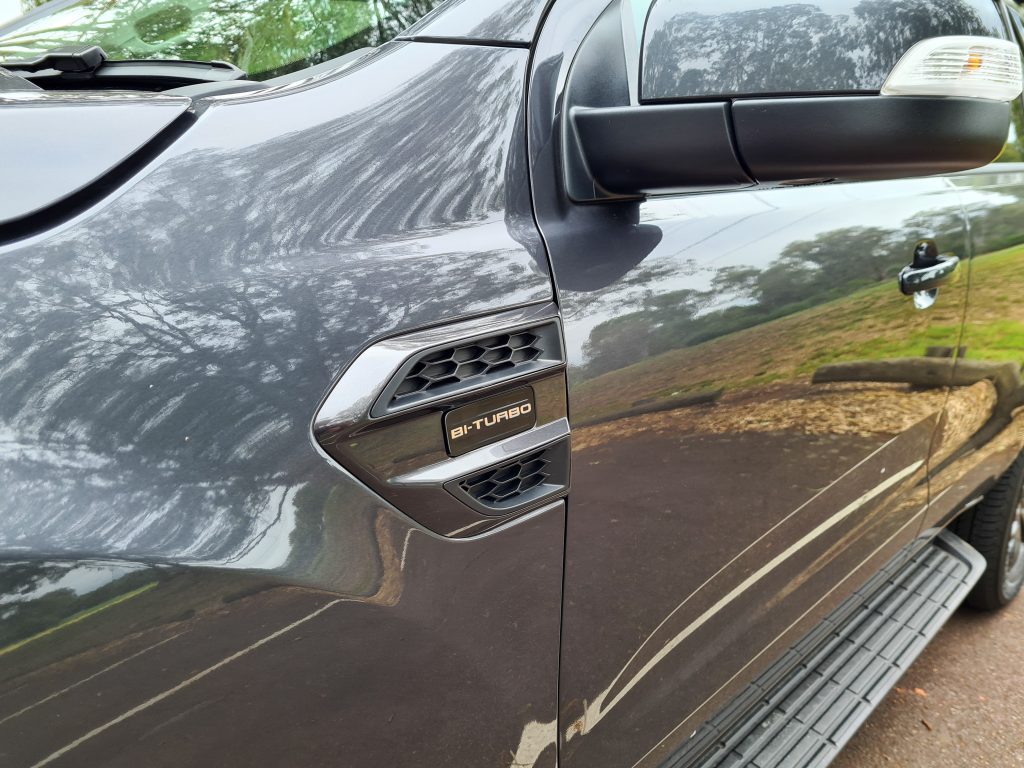
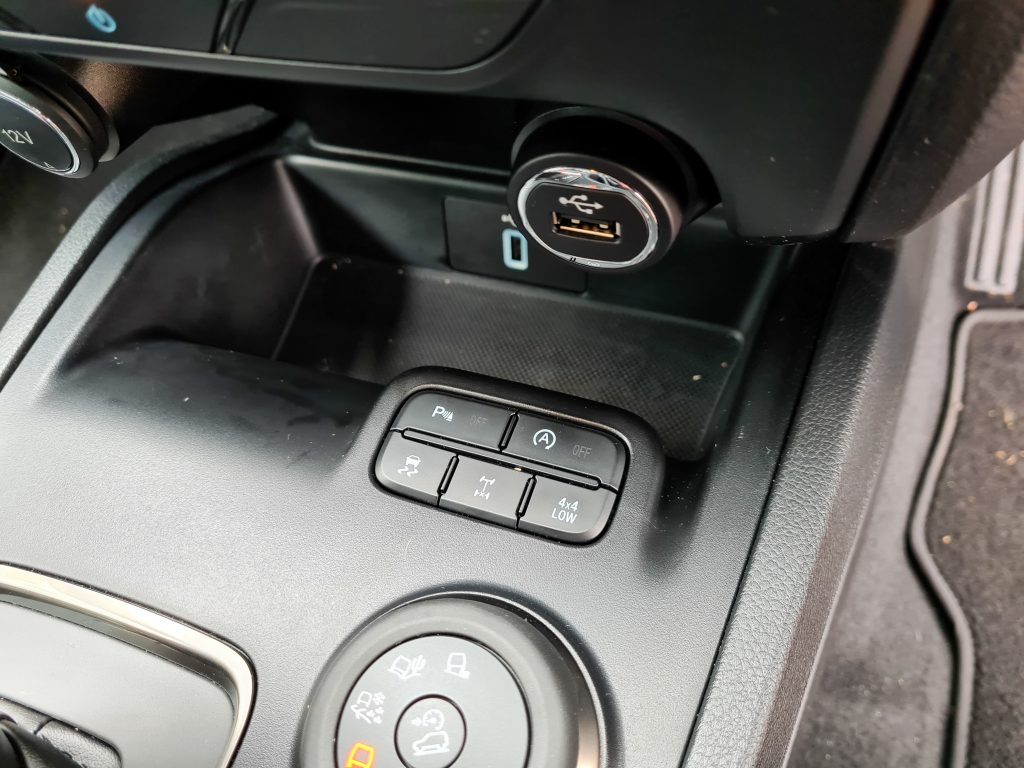
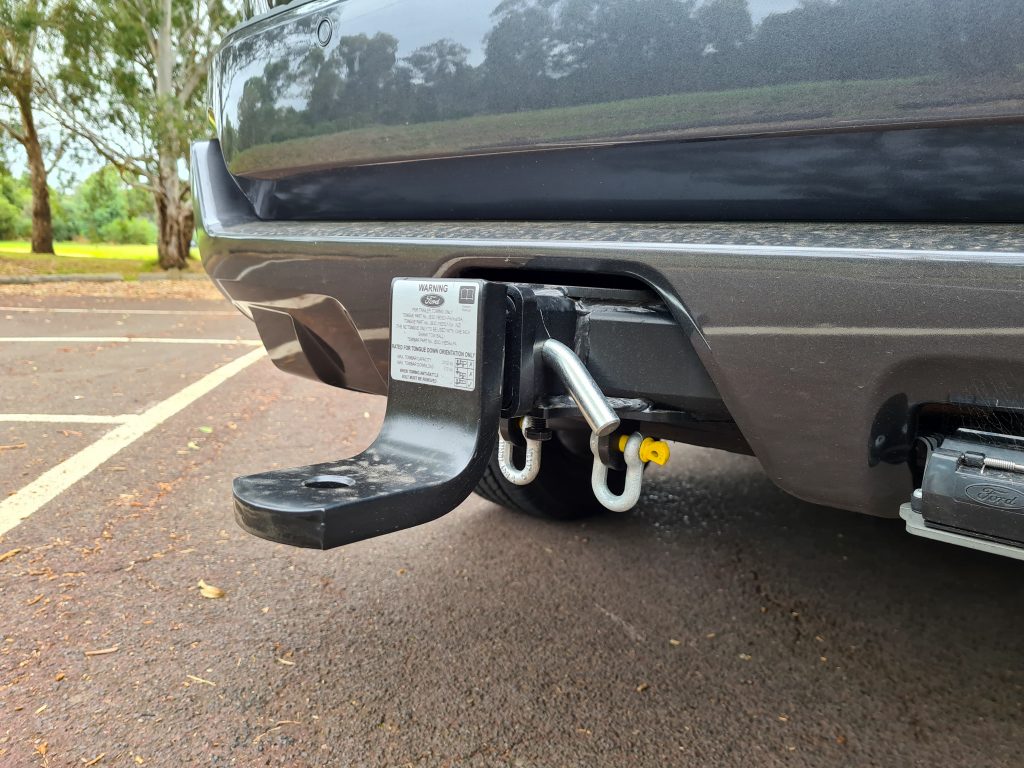
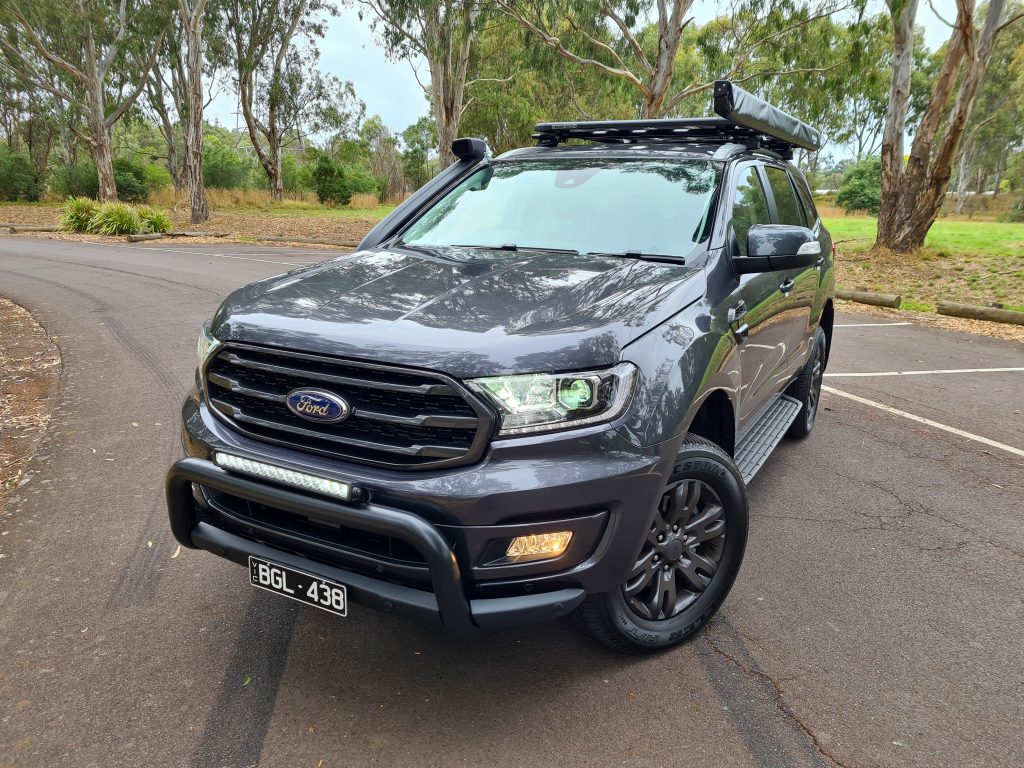
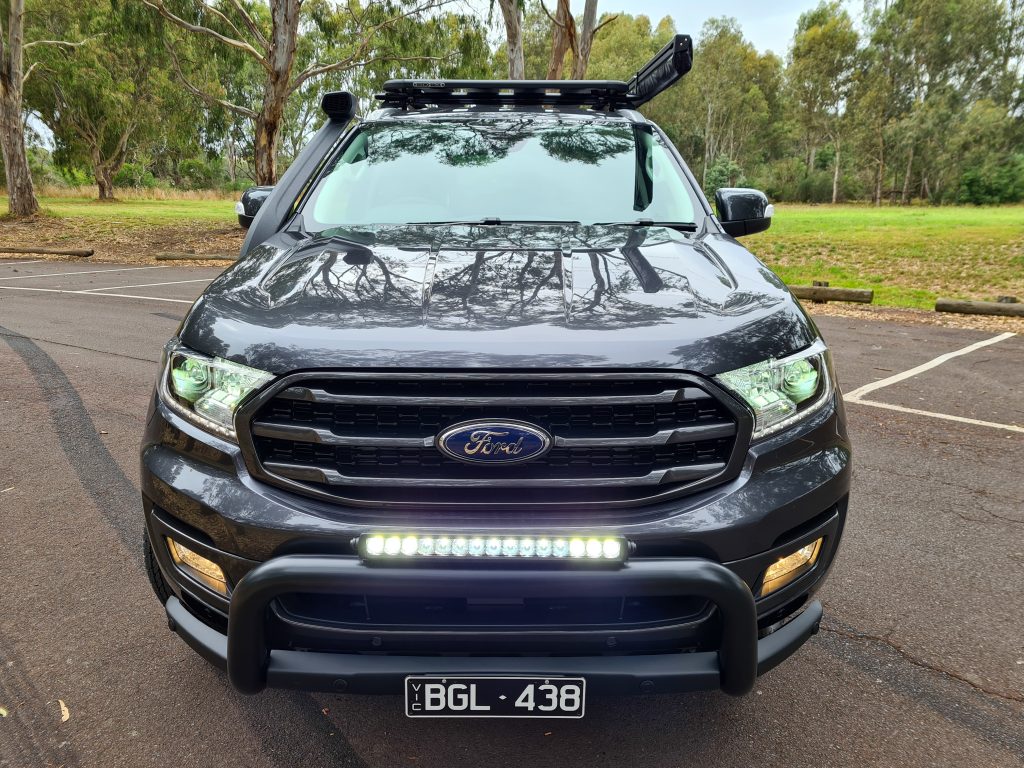
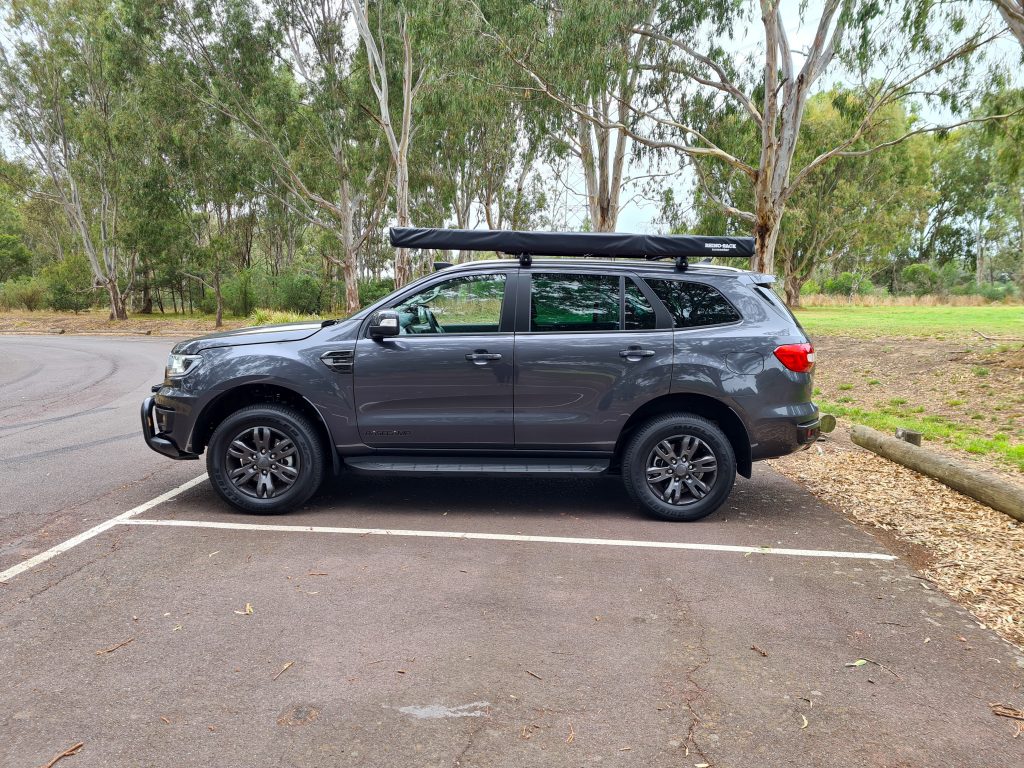
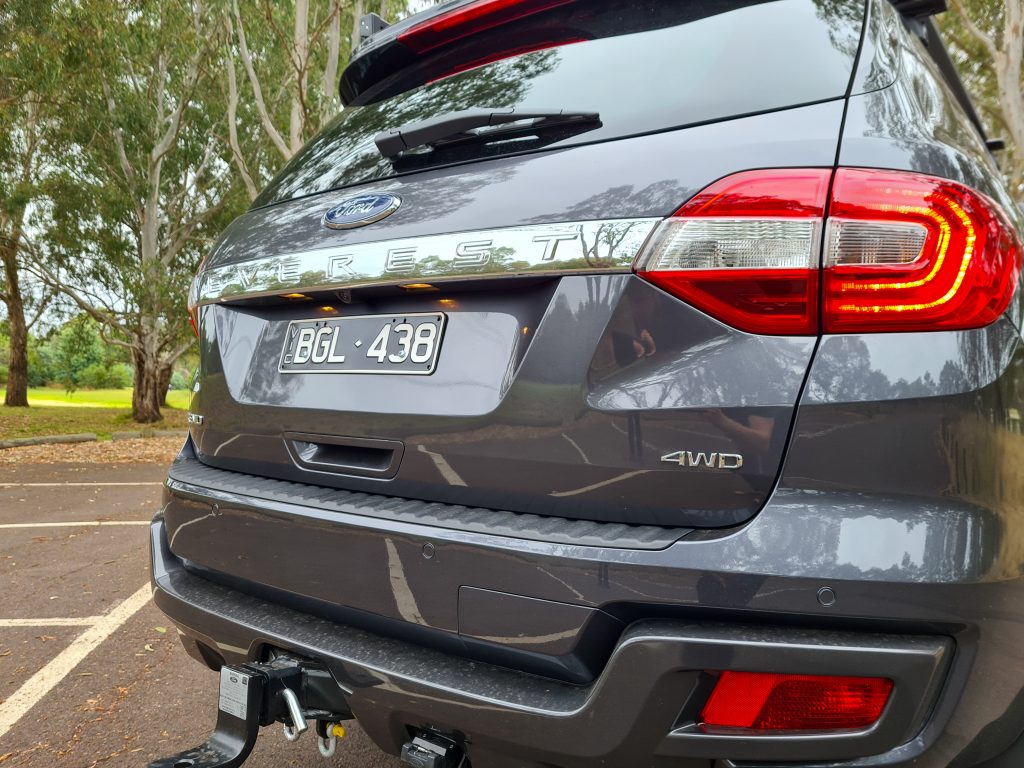
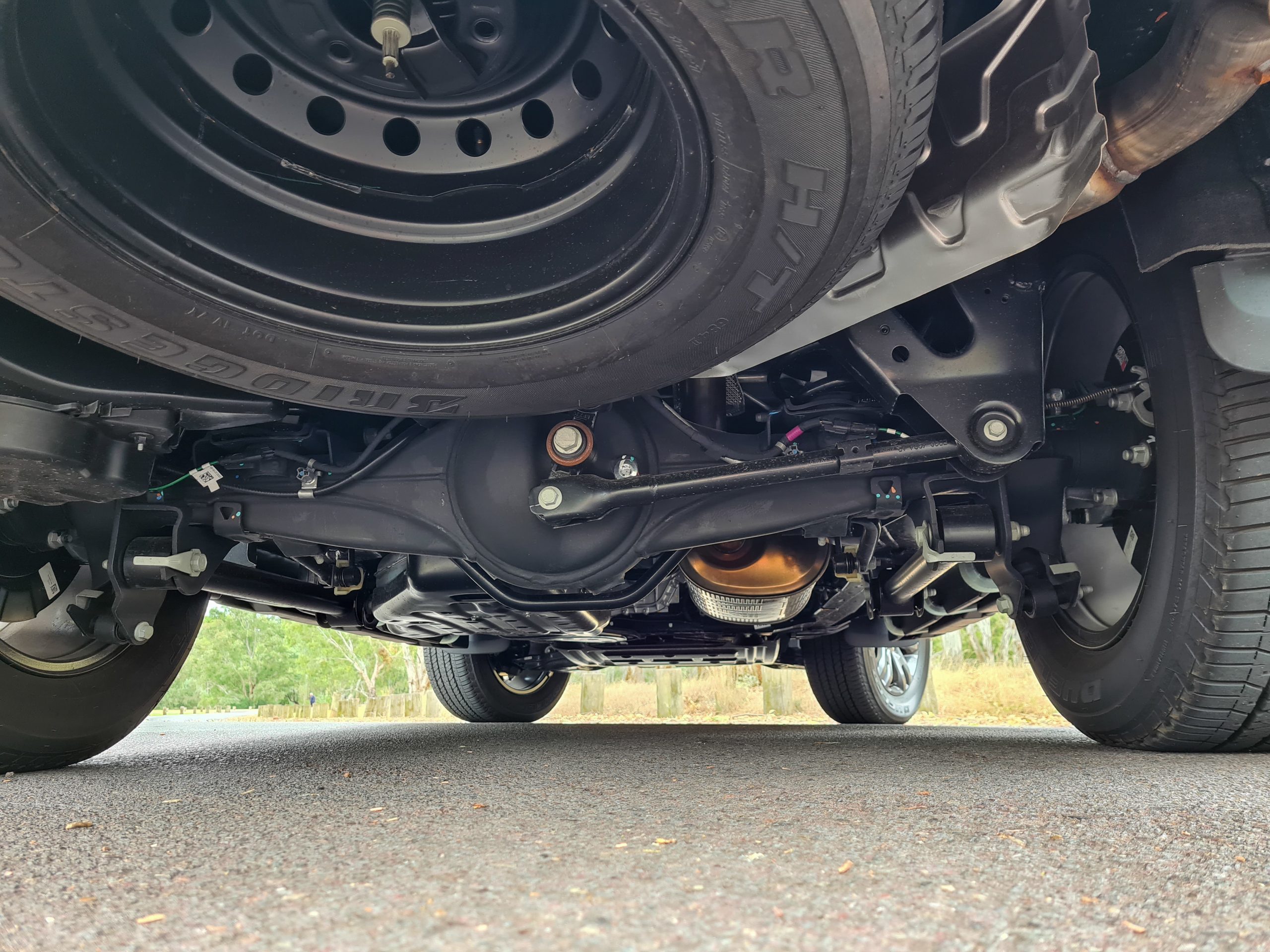
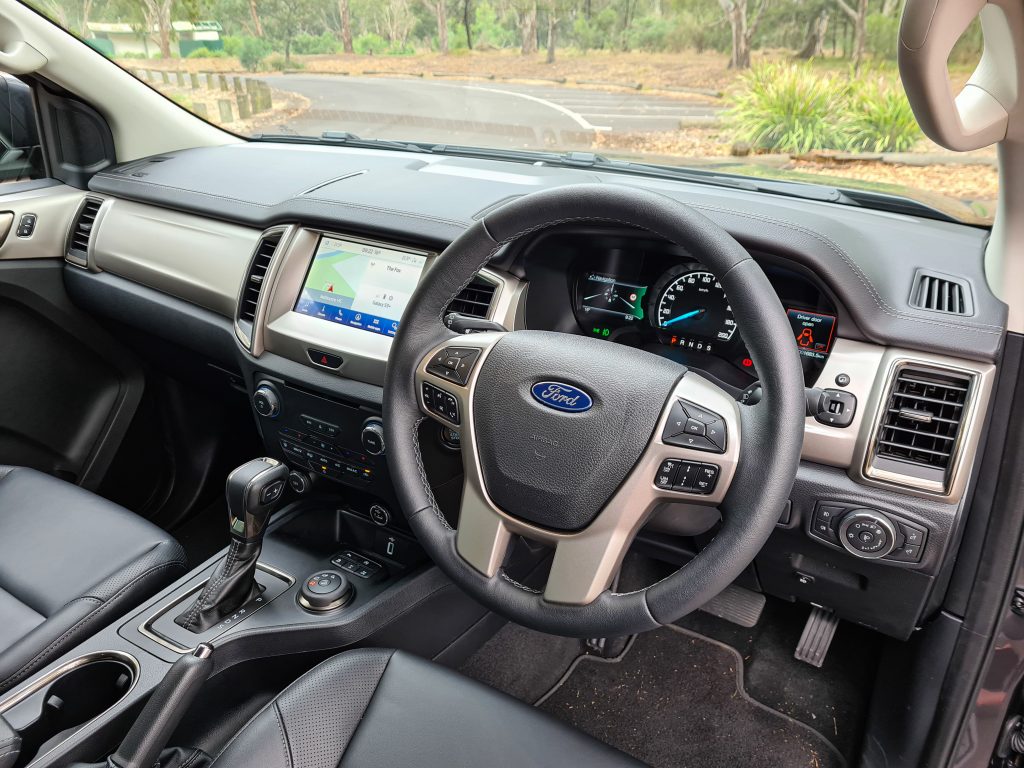
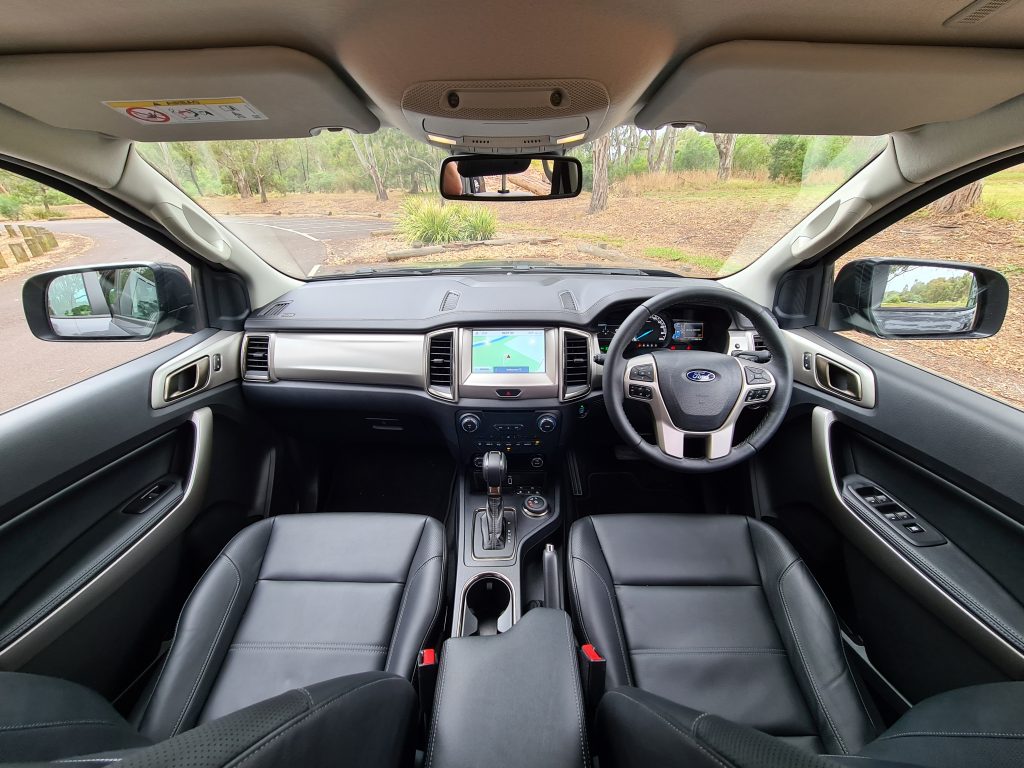
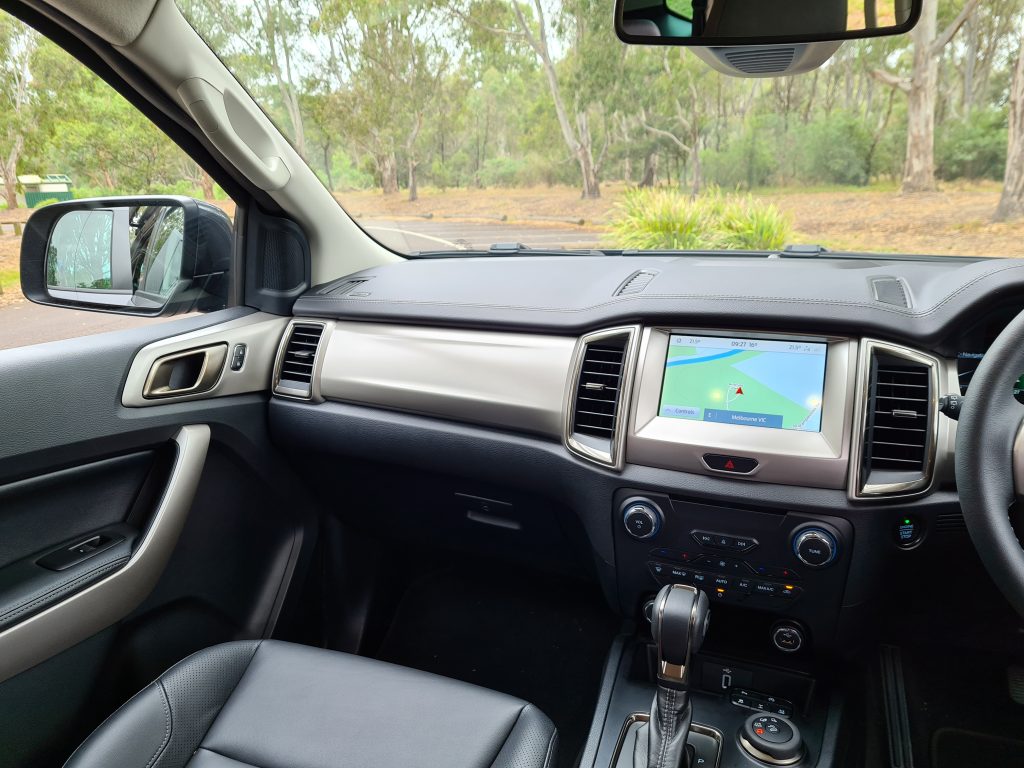
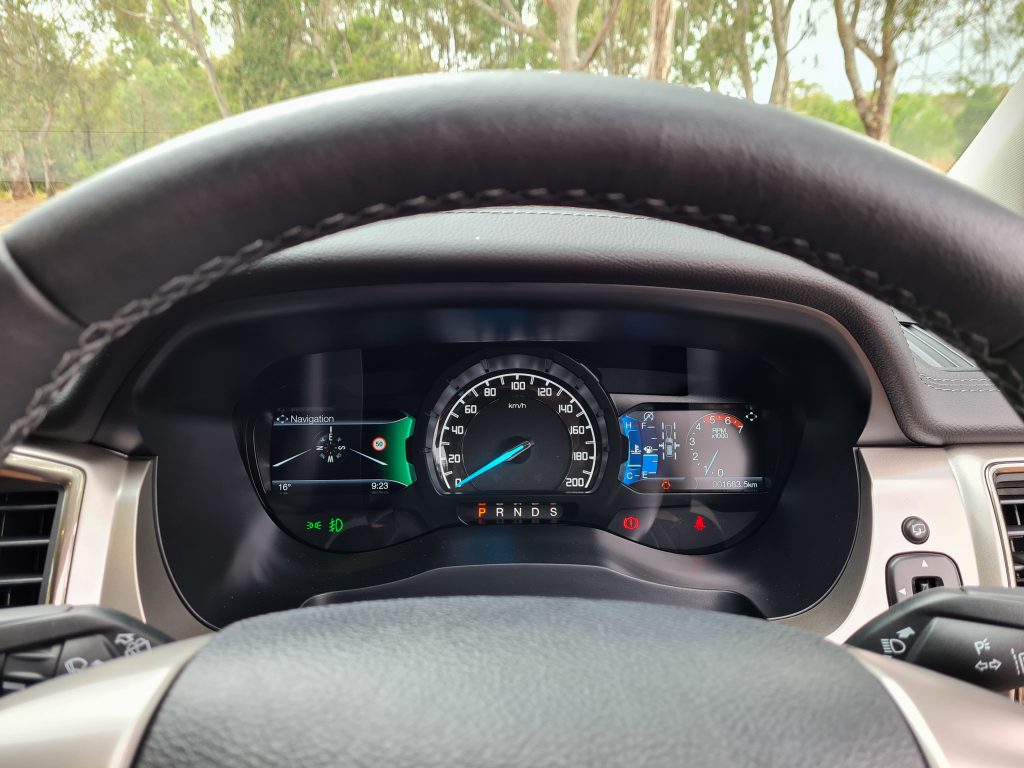
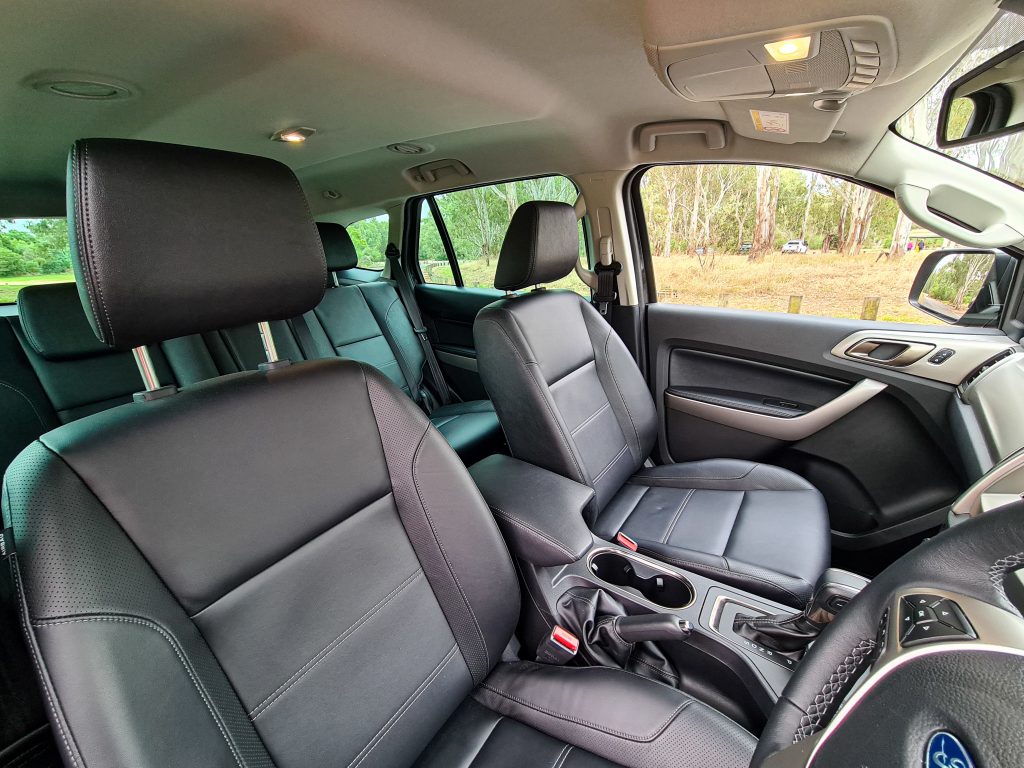
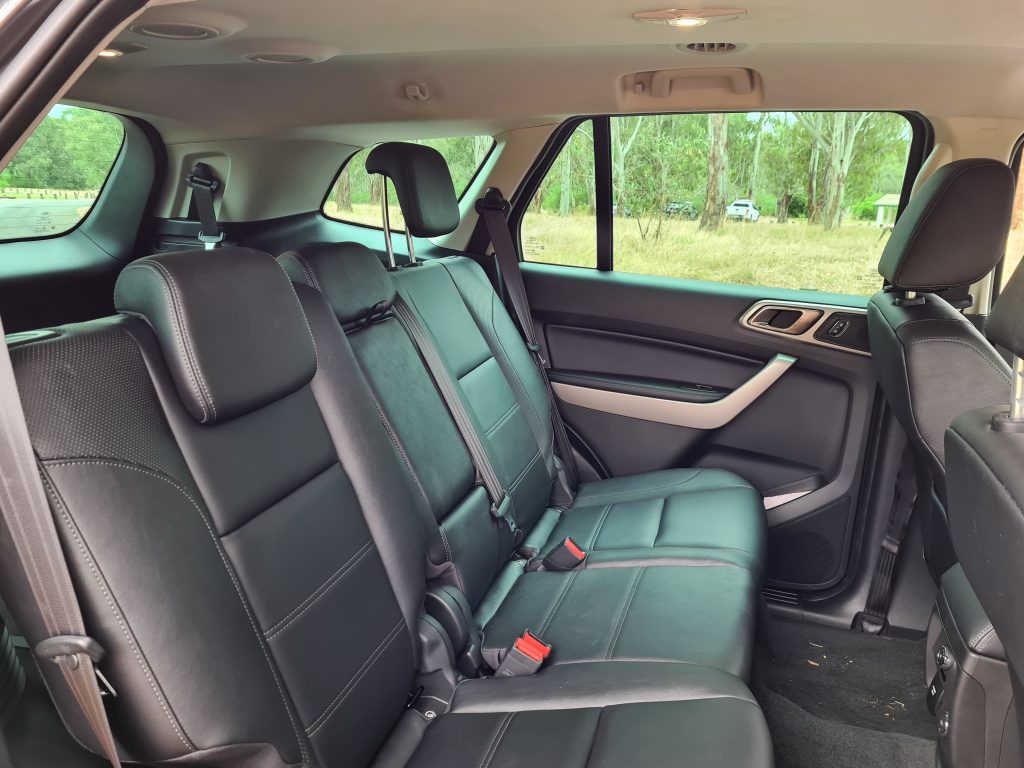
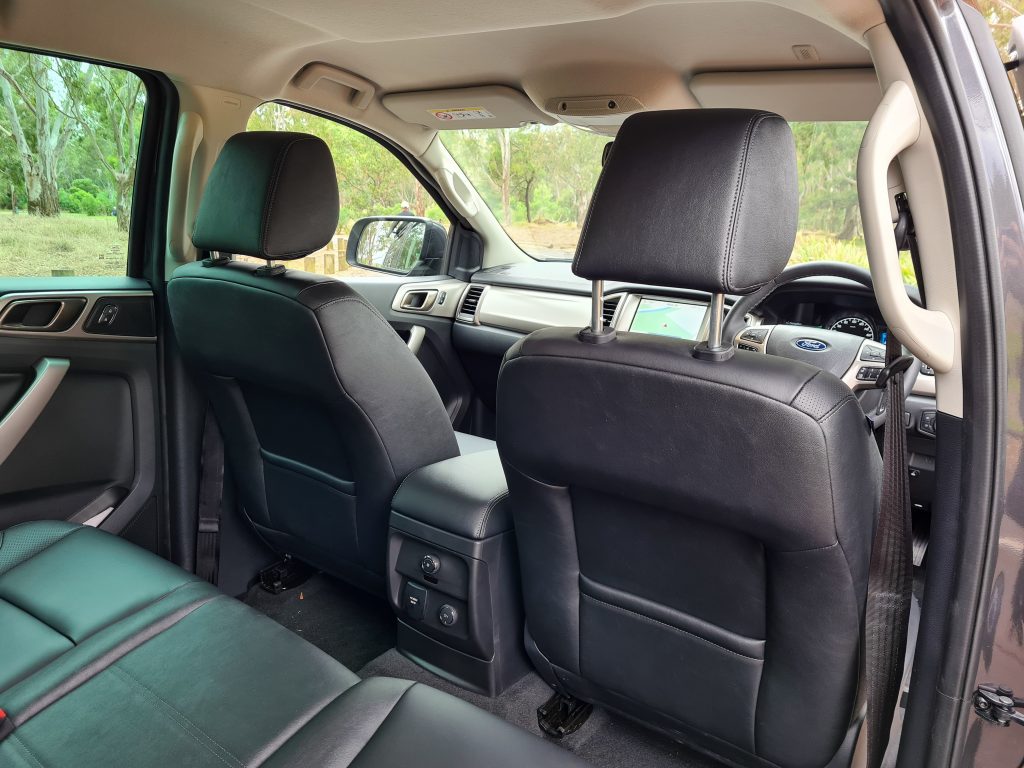
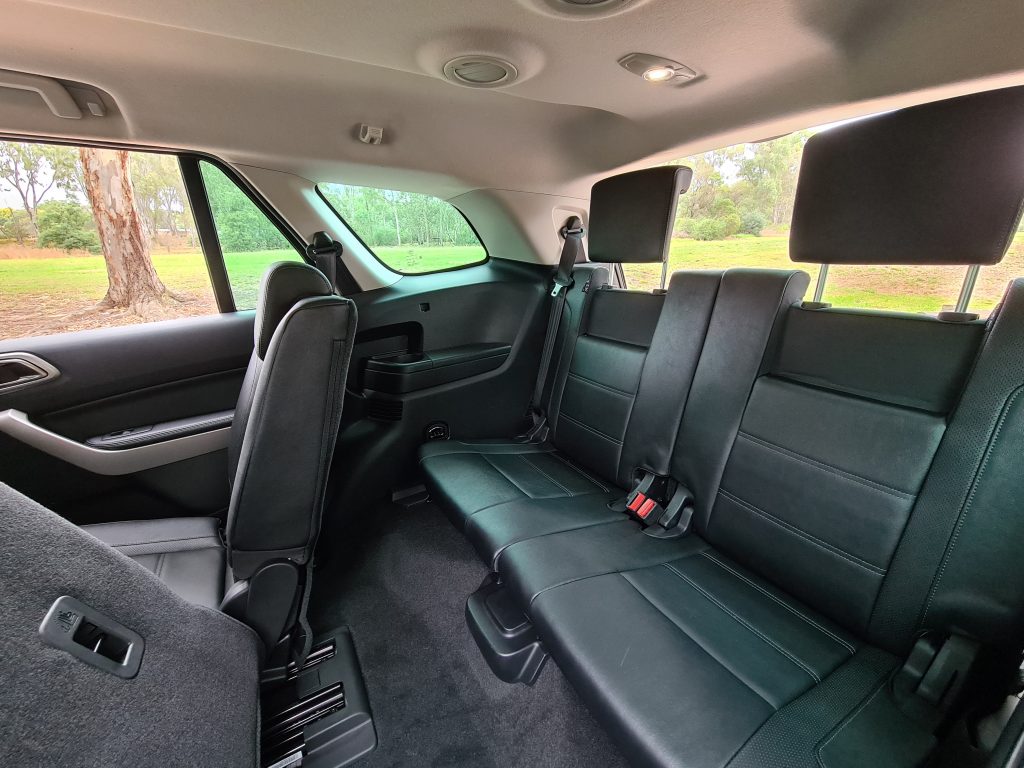
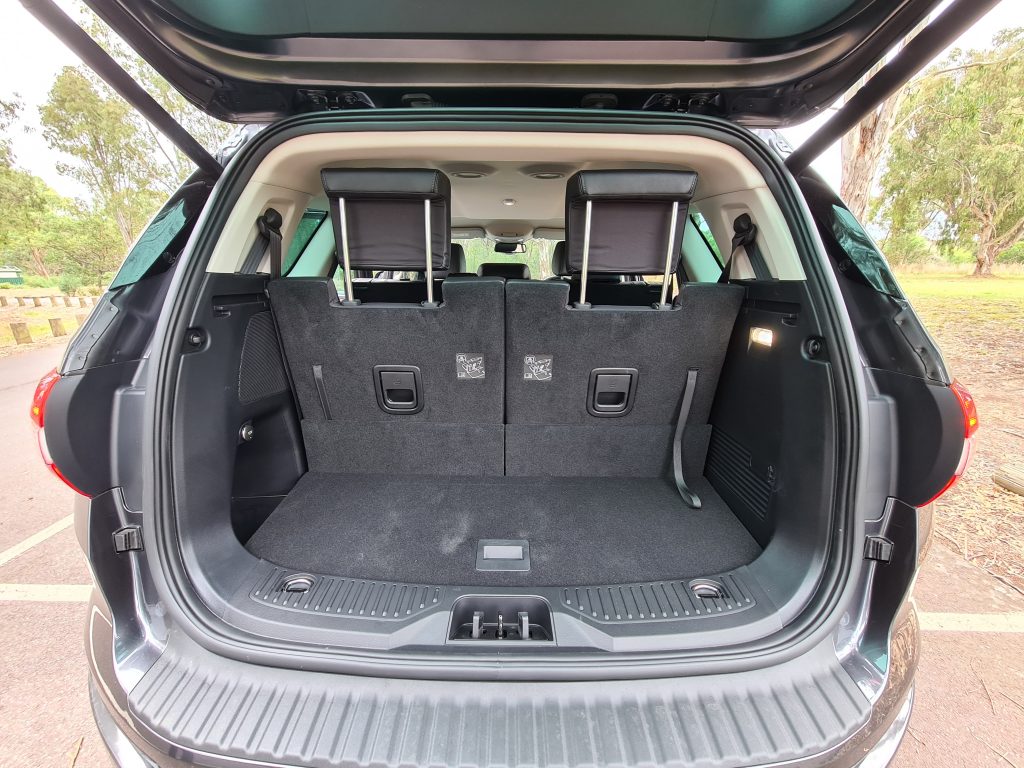
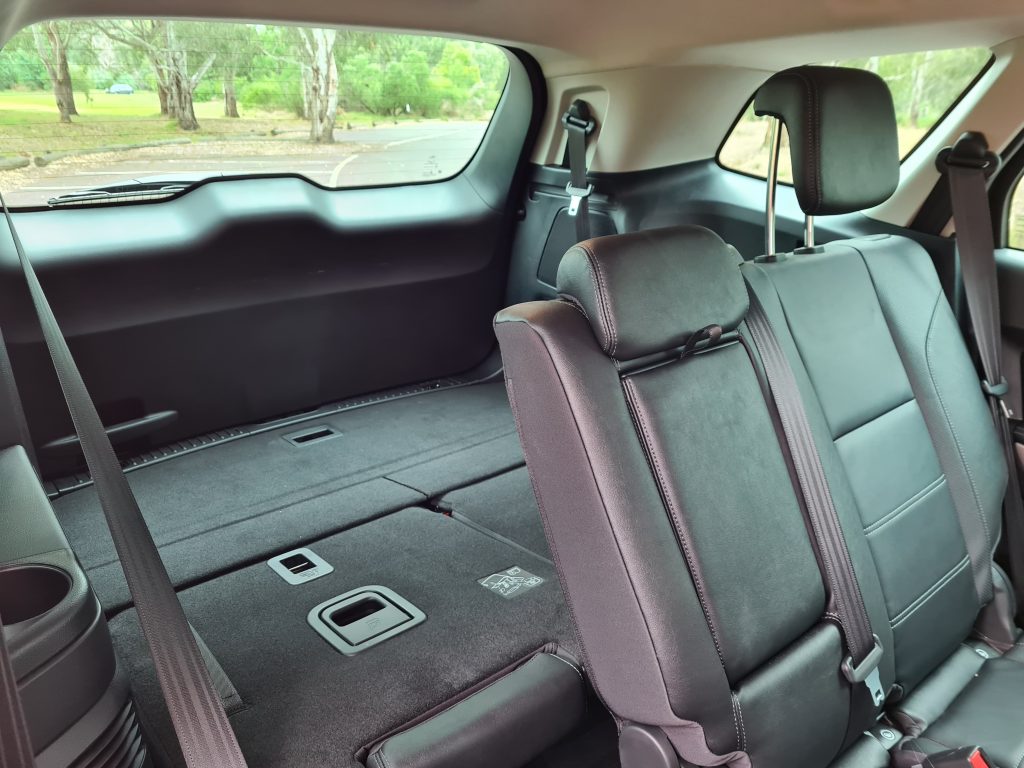
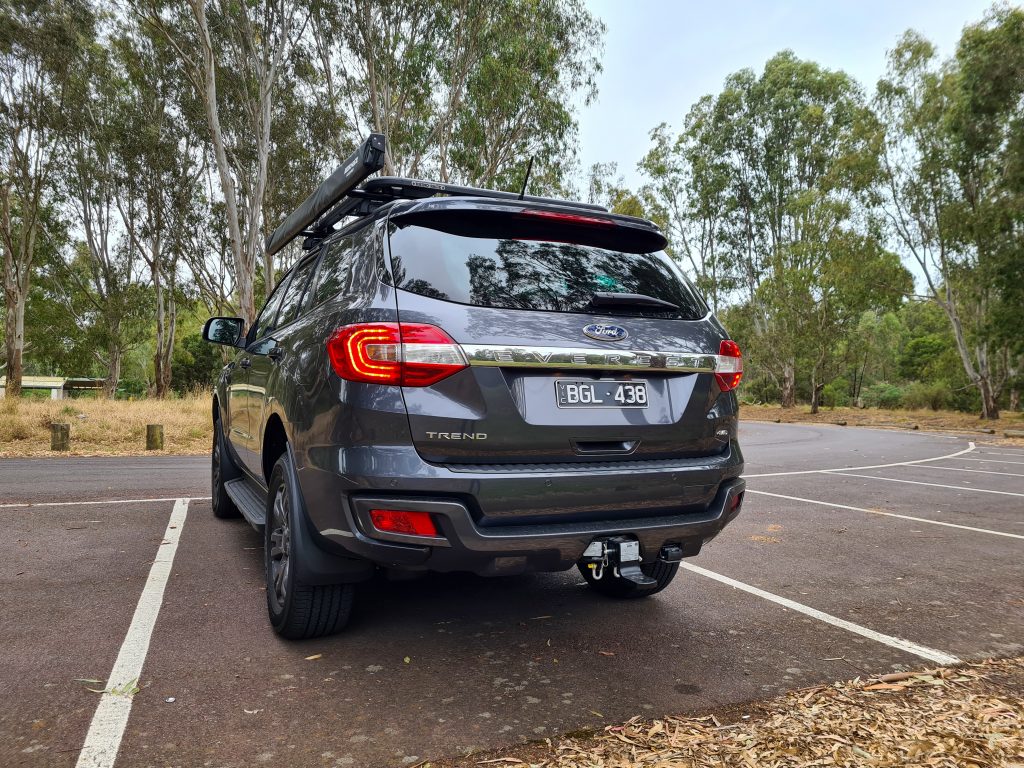
Leave a Reply